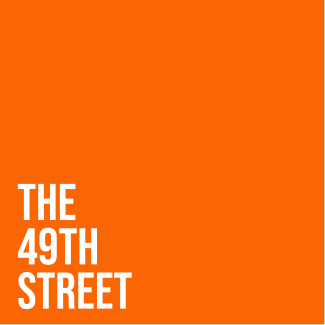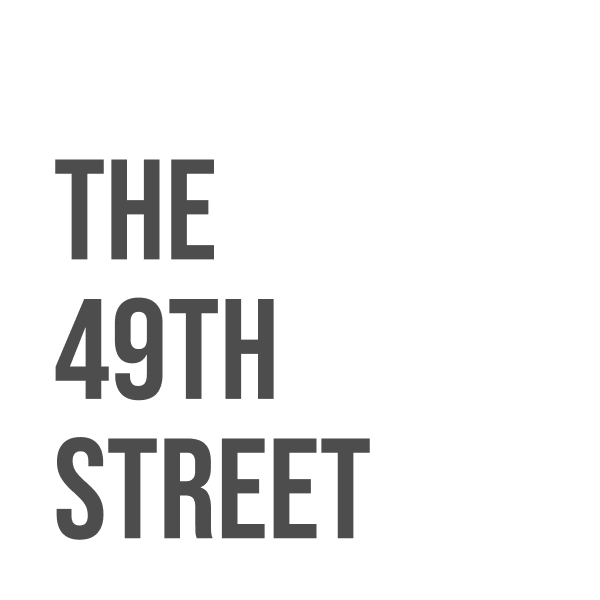By Adeola Olatunji
Across the world, there is a growing thirst for fresh sounds and bold visuals, with Africa at the center and very close to leading it. Afrobeats and African art, once celebrated mainly on the continent, are now taking their place on global stages and in international galleries.
From the pulsating rhythms of bustling streets to the profound narratives told through brushstrokes and sculptures, African creativity is no longer to be regarded as a trend but now a movement.
This piece explores how a new generation of artists and musicians is rewriting narratives, influencing pop culture, and redefining what it means for Africa to be a global creative powerhouse.
A Sound That Unites a Continent
Afrobeats is more than a genre; it is the heartbeat of a generation. Emerging in the early 2000s, Afrobeats quickly broke beyond Nigeria’s borders to become a unifying sound across Africa and now globally. The fusion of traditional African rhythms, highlife, hip-hop, dancehall, and global pop makes it instantly recognisable and appealing to the rest of the world.
Artists like Burna Boy, Wizkid, Davido, and Tiwa Savage have been instrumental in pushing Afrobeats to the world stage, while newer acts such as Rema, Tems, and Ayra Starr have introduced fresh flavors that resonate deeply with Gen Z audiences globally. Their lyrics often celebrate African pride, love, and resilience, creating a shared cultural identity that non-Africans and Africans around the world can connect with.

What makes Afrobeats powerful is its ability to blur borders. In countries like Ghana, South Africa, and Kenya, this sound is embraced, although reinterpreted, fusing with genres like Bongo Flava and the popular Amapiano. From bustling clubs in Africa to music festivals in London and New York, Afrobeats is proof that Africa’s rhythm is moving the world.
The Resurgence of Contemporary African Art
While music travels through speakers, contemporary African art speaks through canvas, sculpture, photography, and even installation. African artists are experiencing a powerful popularity and acceptance, drawing from indigenous traditions while infusing bold modern expressions to tell layered stories about identity, history, and the future.
Artists such as Njideka Akunyili Crosby, Amoako Boafo, Toyin Ojih Odutola, among others, are redefining how African creativity is viewed. Their works and their art showcase vibrancy, elegance, and complexity, while also combining personal narratives with broader social commentary on stereotypes that, even today, challenge Africa as merely a place of poverty or struggle.
The truth is, more than ever, global galleries and collectors are taking notice. Prestigious exhibitions at Art Basel, the Venice Biennale, and the Tate Modern now feature African artists prominently. Auction houses like Sotheby’s and Christie’s have a rising demand for African art, with record-breaking sales that position the continent as a vital player in the global art market.

Back home, cities such as Lagos, Accra, and Johannesburg are seeing a flourishing art scene, with festivals and spaces like Art X Lagos and Zeitz MOCAA creating platforms for African artists to showcase their talent. For many young Africans, these works provide a mirror, one that reflects the realities of urban life, cultural pride, and the boldness of self-expression.
When Music and Art Collide
The worlds of Afrobeats and African art do not exist in isolation. Instead, they constantly inspire each other. Album covers have become miniature art galleries, with striking visuals designed by African illustrators and photographers. For instance, Burna Boy’s Grammy-winning album Twice As Tall featured a cover with deeply symbolic African-inspired art that matched the power of his music.

Fashion is yet another space where music and art intersect. Afrobeats stars are known for bold, Afrocentric styles that borrow inspiration from traditional prints while also embracing futuristic aesthetics. These fashion statements, amplified on stage and social media, often echo the same cultural narratives that contemporary African artists explore in their work.
Of course, stage designs and music videos also bring this fusion to life. The visuals accompanying Afrobeats tracks often feature sculptural backdrops, traditional motifs, and paintings that mirror the cultural richness of the continent. This collaboration between sound and sight amplifies the message of African creativity that is multi-sensory, borderless, and almost impossible to ignore.
Spreading African Creativity via Digital Lenses
If we say Afrobeats and African art are thriving today, then digital platforms have been the megaphone. Streaming services like Spotify, Apple Music, and Boomplay have made African music accessible to a much larger and global audience. Afrobeats tracks now regularly top charts and even feature in Hollywood soundtracks, viral TikTok challenges, and video games.
Social media has done the same for art. Instagram, X, and TikTok are the new galleries where African artists can showcase their work without the need for expensive physical spaces. Young artists and designers are wise enough to make good use of these platforms to connect directly with buyers and fans from around the world. This is one way of ensuring that African creativity travels beyond borders instantly.
The digital era has also democratised access. A fan in Nairobi can stream the same Rema song at the same time as another in Los Angeles. A collector in Paris can purchase a painting from a Lagos-based artist directly through an online exhibition. This interconnectedness has made African creativity not just global but interactive.
Why the World Is Paying Attention to Africa
For decades, Africa was often viewed by the world through the lens of charity campaigns, suffering, conflict, or, rather interestingly, clichés of wildlife and safari. But Afrobeats and contemporary African art have since shifted that narrative. They have helped present Africa as a place of innovation, energy, and cultural leadership.
Global brands now look to African musicians and artists for influence. Fashion houses collaborate with African designers, music festivals in Europe and America headline Afrobeats stars, and museums worldwide showcase African creativity with pride. This cultural exchange is not about appropriation, no, it is not. It is about recognition, one that our hard work has proven we truly deserve.

Young Africans are at the heart of this movement. With creativity, technology, and confidence, we are telling our own stories on our own terms. The world is paying attention because we are no longer waiting for validation; instead, we are setting the pace for others to follow.
From the dance floors of Nigeria to the walls of international galleries, Afrobeats and African art are reshaping global culture in real time. They embody a continent that is young, restless, and ready to lead. What started as local expressions has evolved into global movements, proving that Africa is not just participating in pop culture but is now defining it.
The rhythm of Afrobeats and the colors of African art are more than just entertainment. They are symbols of identity, pride, and the continuous existence of world possibilities. And as the world continues to pay more attention to Africa, one thing is clear: the future of global creativity has a distinctly African beat and a boldly African brushstroke.



